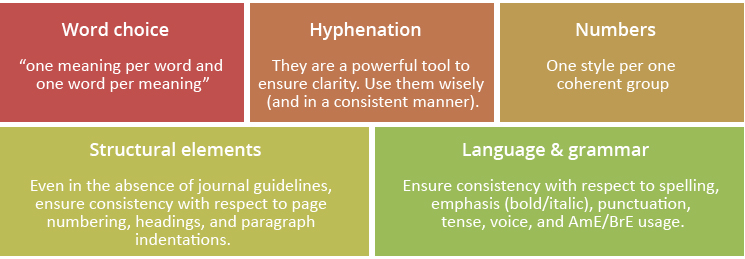
Clear and concise language
Using clear and concise language is essential in effective communication, particularly in professional and business contexts. It helps ensure that your message is easily understood and keeps the reader’s attention. Here are some tips for using clear and concise language:
1. Be Direct and To the Point
- Avoid roundabout ways of presenting your information. Get straight to the core of your message.
- Example: Instead of saying, “It is our belief that the project will be completed by the end of the month,” say, “We will complete the project by the end of the month.”
2. Use Simple Language
- Opt for simple, everyday words rather than complex or jargon-filled language.
- Example: Replace “utilize” with “use,” “facilitate” with “help,” “terminate” with “end.”
3. Keep Sentences Short and Structured
- Long, run-on sentences can be confusing. Break them into shorter, more digestible sentences.
- Example: Instead of “The meeting will cover the marketing strategy for the new product, which we plan to launch in the upcoming quarter, and it will also include discussions on the distribution channels,” use “The meeting will cover two main topics: the marketing strategy for our new product and the distribution channels for the upcoming quarter.”
4. Avoid Unnecessary Words
- Eliminate filler words or phrases that don’t add value to your message.
- Example: Change “Due to the fact that” to “Because,” “In order to” to “To.”
5. Use Active Voice
- Active voice makes your writing more direct and dynamic. It clearly identifies the action and who is performing it.
- Example: Instead of “The report will be delivered by John,” use “John will deliver the report.”
6. Avoid Repetition
- Don’t repeat the same points. Each sentence should provide new information.
- Example: If you’ve already mentioned a deadline, there’s no need to repeat it unless it’s for emphasis.
7. Be Specific
- Vague statements can lead to misunderstandings. Be as specific as possible.
- Example: Replace “soon” with an exact time or date, like “by Wednesday, March 5th.”
8. Edit and Proofread
- Review your writing to cut out any unnecessary words or jargon. Often, you’ll find ways to simplify and clarify your message on the second read.
9. Know Your Audience
- Tailor your language to your audience. Technical terms might be appropriate for specialists, but not for a general audience.
By applying these principles, you can communicate more effectively, ensuring that your message is not only received but also understood as intended. Clear and concise language is key to efficient and successful communication in any setting.